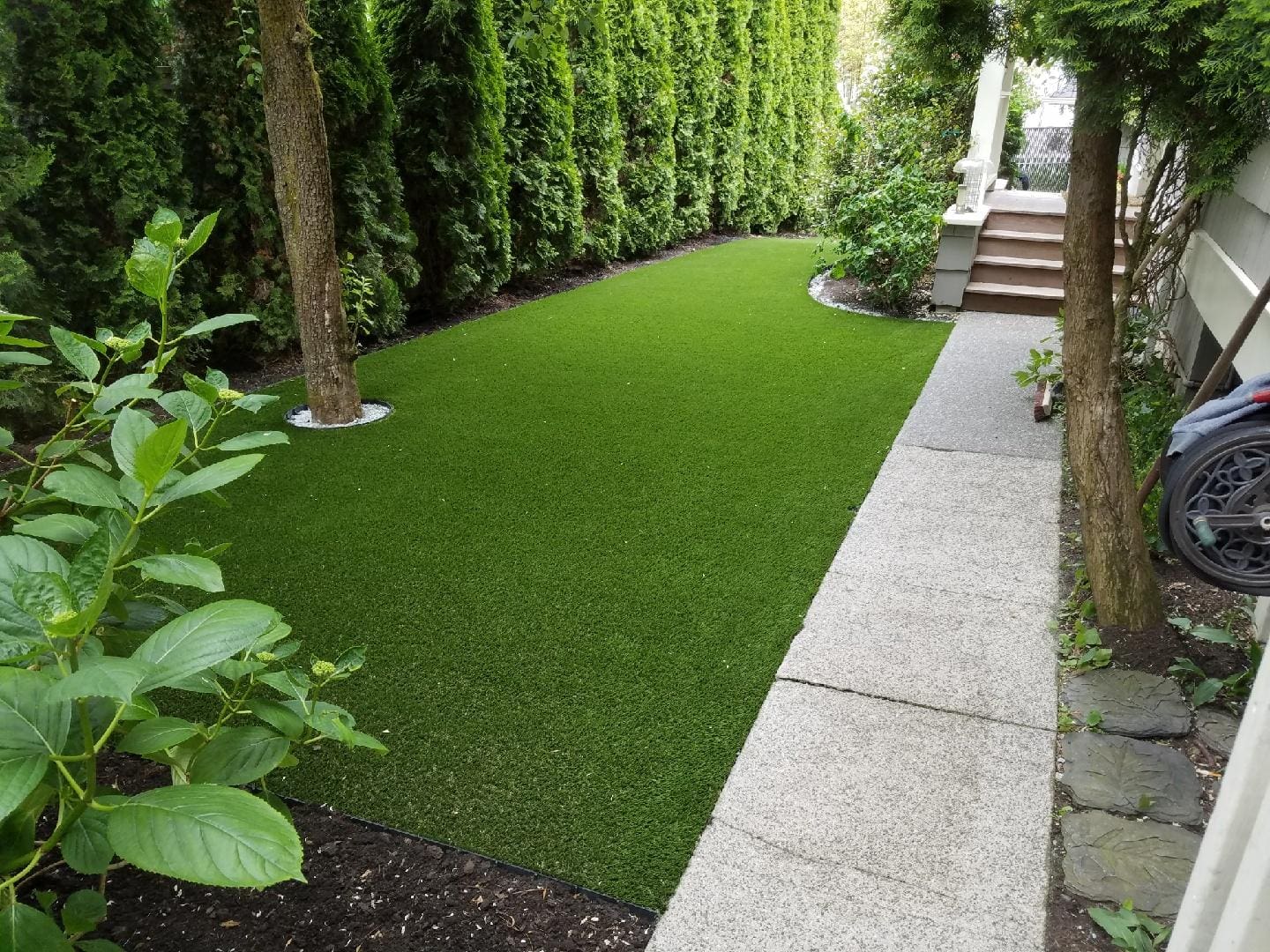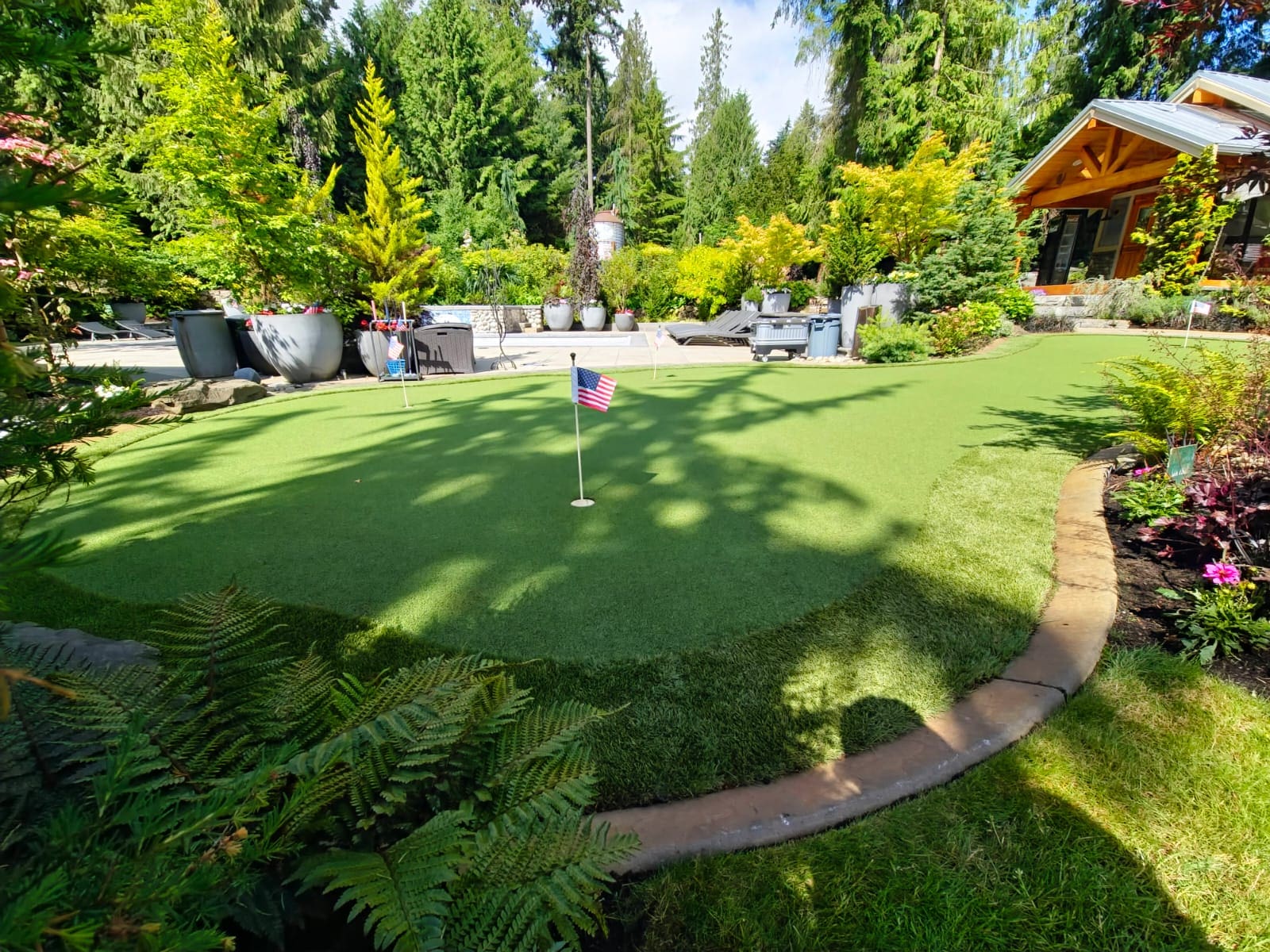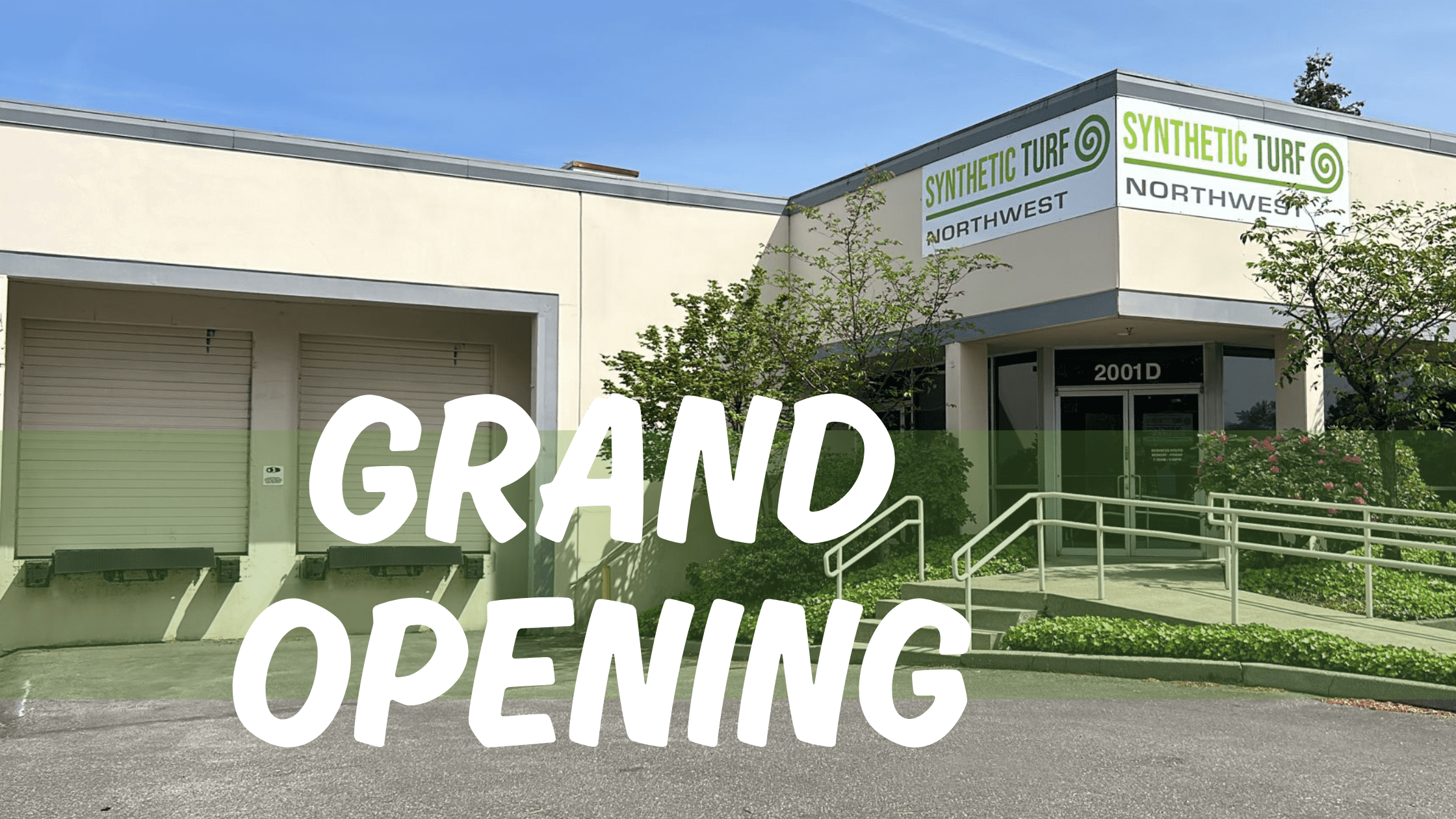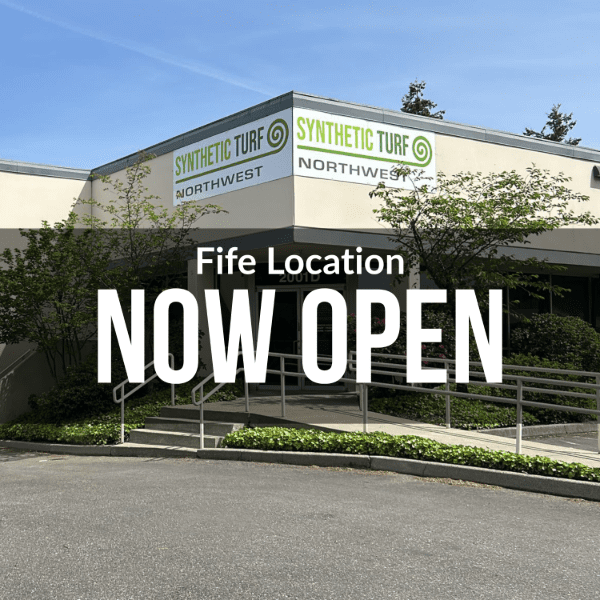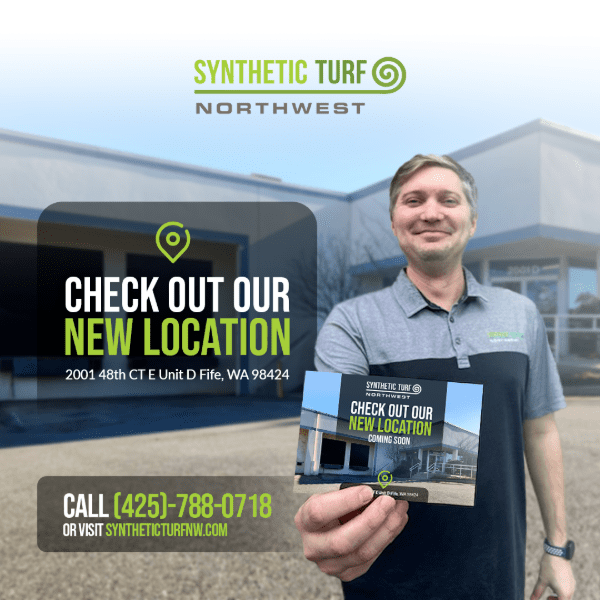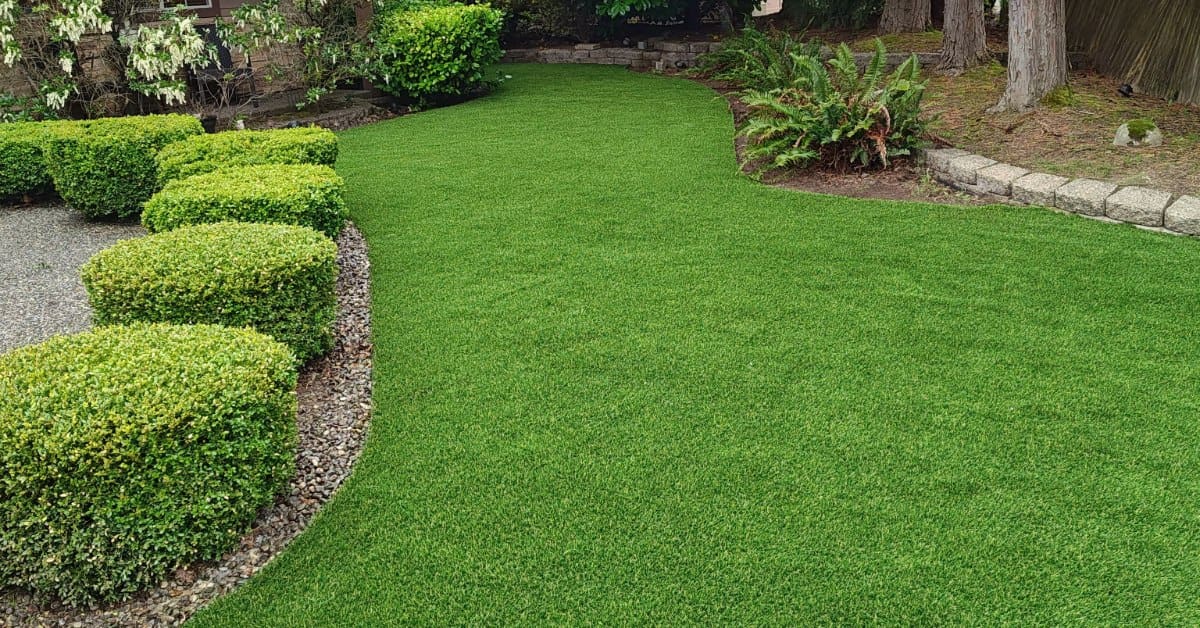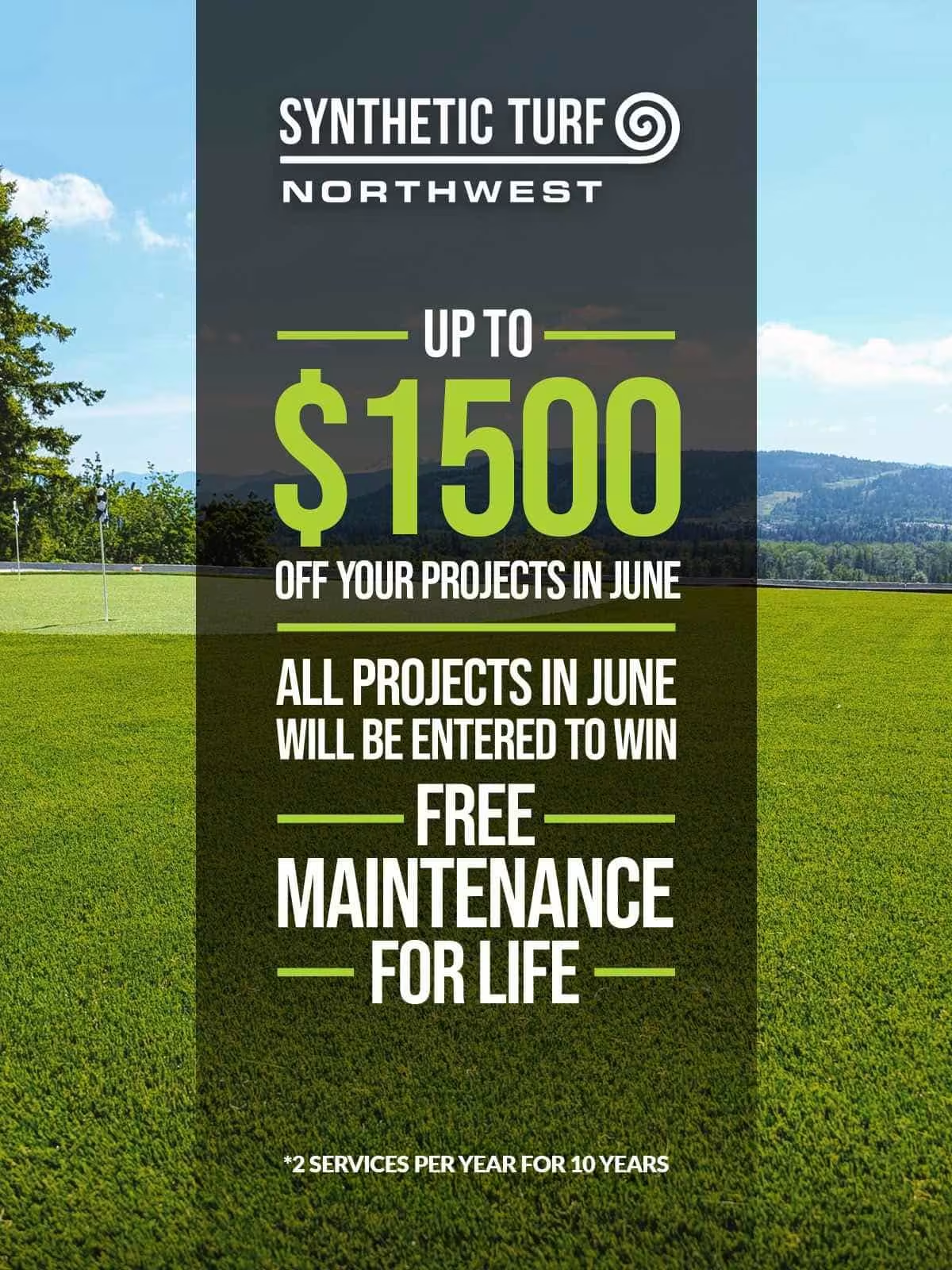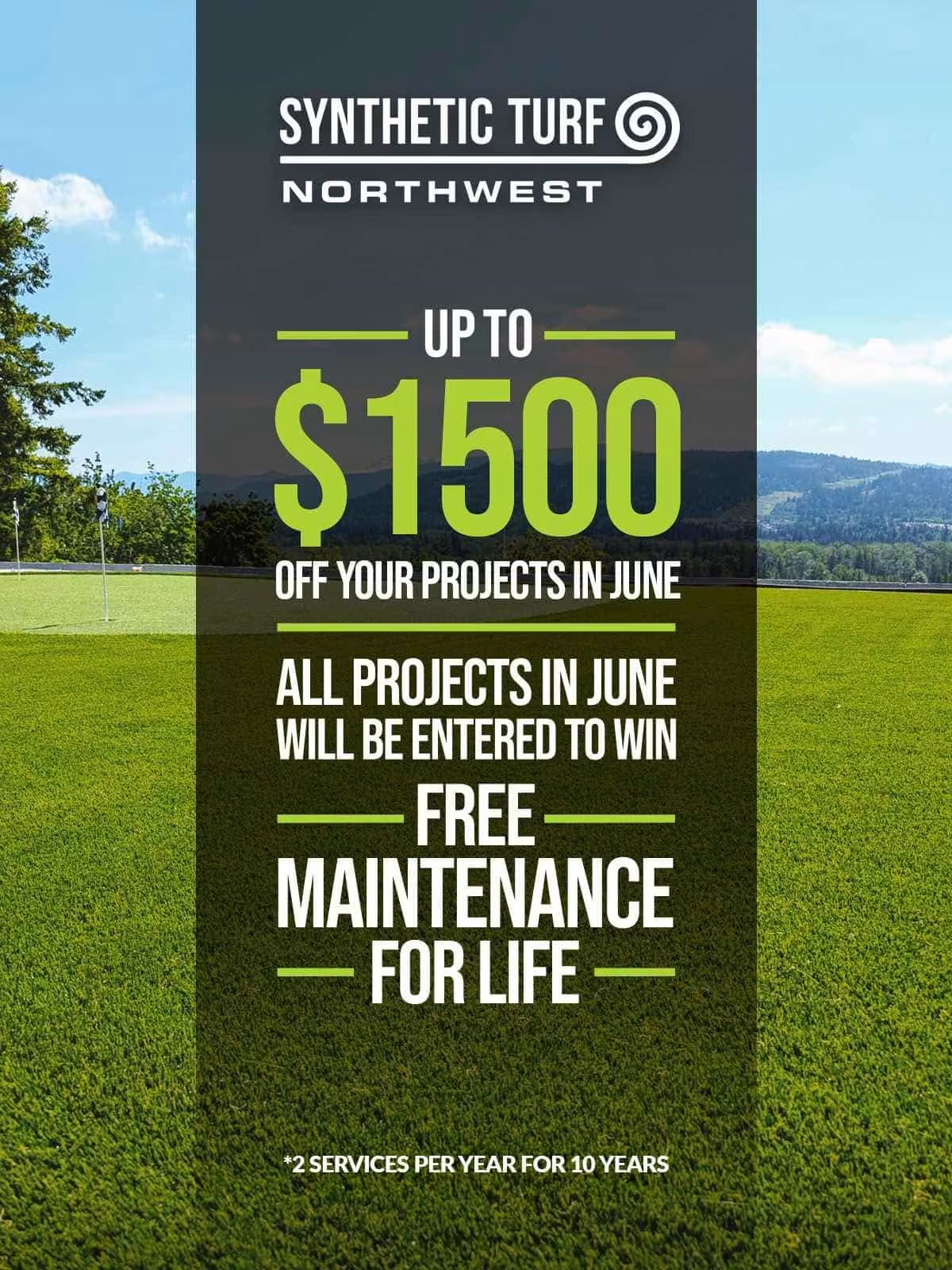Choosing The Best Synthetic Turf for Your Lawn and Needs
When deciding on synthetic turf for your lawn, it’s important to find a product that suits your aesthetic and functional needs. Whether you’re after a lush green lawn, a durable play area for children and pets, or a low-maintenance backyard, picking the right turf can make a significant difference in how satisfied you’ll be with the result.
In this guide, we’ll break down everything you need to know about choosing synthetic turf for your lawn. From identifying your priorities to understanding installation challenges, you’ll get practical advice and insight from Rob Stiles, a design consultant at Synthetic Turf Northwest.
Identify Your Priorities: How Will You Use the Space?
The first step in choosing synthetic turf is considering how you will use the space. According to Rob Stiles, it’s important to “think about what your priorities are.” This means considering whether your turf will serve as a play area for children, a pet-friendly yard, or simply an aesthetically pleasing lawn. This will determine which product best suits your needs.
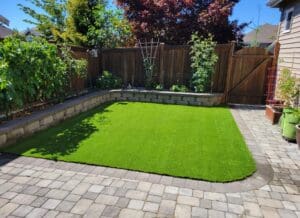 Durability is key if you’re installing turf in an area that will be in a lot of use, such as playgrounds or spaces frequently used by pets. Styles recommends choosing a shorter pile height (the length of the grass blades) for these areas. “A shorter pile height turf offers greater durability and ease of maintenance,” he says, making it ideal for high-traffic spaces.
Durability is key if you’re installing turf in an area that will be in a lot of use, such as playgrounds or spaces frequently used by pets. Styles recommends choosing a shorter pile height (the length of the grass blades) for these areas. “A shorter pile height turf offers greater durability and ease of maintenance,” he says, making it ideal for high-traffic spaces.
If your main priority is the look and feel of your lawn, consider opting for a turf with a longer pile height and a thicker face weight (the density of the fibers). These factors give the turf a lush, soft appearance. “If you’re going for a more natural look, longer pile height and thicker face weight will be more appealing,” adds Styles.
Thinking About Climate: Turf for Hot or Rainy Areas
While synthetic turf is generally designed to perform well in various climates, some specific factors should be considered based on your region.
If your home is in a region with high heat and intense sun exposure, you’ll need a turf that can withstand those conditions. Styles recommends choosing nylon turf for its heat tolerance. “Nylon yarn turf has a higher heat tolerance and can better handle exposure to reflective heat from windows,” he explains.
In areas with heavy rainfall, like the Seattle area, the base preparation is more important than the turf itself. Ensure that you install a clean gravel underlayment to promote drainage and prevent pooling. This will help keep your synthetic lawn functional and dry even after heavy storms.
Pile Height and Face Weight: Balancing Durability and Appearance
Two key factors that determine the look and durability of your synthetic lawn are pile height and face weight. These terms might sound technical, but they’re easy to understand once you break them down
Pile Height refers to the length of the grass blades. The shorter the blades, the more durable and easier to maintain the turf will be. For high-traffic areas, such as playgrounds and dog runs, a shorter pile height is ideal. For areas where aesthetics are a priority, such as front lawns or decorative backyards, a longer pile height will give the turf a more natural, lush appearance.
Face Weight refers to the density of the grass blades. A higher face weight means a fuller, thicker appearance, but it also makes the turf heavier. For most residential backyards, a face weight of 60–80 ounces provides a good balance between natural looks and durability.
Consider the Location of Your Synthetic Turf
When deciding on synthetic turf, where it will be installed plays a big role. There are some specifics to keep in mind when choosing certain areas.
Side yards are often narrow which can sometimes make the turf appear uneven or cramped. In these cases, if you want turf there you are more than able to do it but alternatives could be decorative stone paths or something simple like gravel.
When turfing playground areas safety is key. Choose a durable option and it’s also a smart idea to invest in playground foam padding for an extra layer of cushion under the turf.
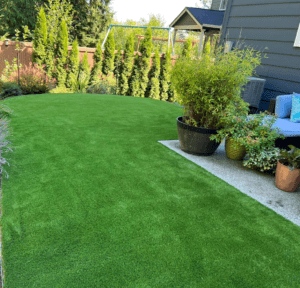
Common Mistakes to Avoid When Choosing Synthetic Turf
Choosing synthetic turf can be exciting, but it’s important to avoid common problems that homeowners often encounter. According to Styles, one of the biggest mistakes people make is assuming “that all turf is equal and that anyone can install it.” Here are some common mistakes to watch out for.
Poor Base Preparation – A well-prepared base ensures proper drainage and prevents the turf from shifting over time. Skimping on this step can lead to costly repairs down the road.
Visible Seams – Installing turf seams can be difficult, and if done improperly, they can be highly visible. Styles emphasizes the importance of using an experienced installer who understands seaming techniques to achieve a seamless, natural look.
Choosing the wrong turf for your needs – Homeowners sometimes choose turf based on price or appearance without considering factors like traffic levels or pet use. Make sure you choose a product that aligns with your specific needs to avoid possibly being disappointed or things going wrong.
Choosing synthetic turf for your lawn requires careful thought and planning. By understanding your priorities, considering your location, and avoiding common mistakes, you can create a beautiful, functional, and long-lasting synthetic lawn. Rob Stiles advises working with experienced professionals to ensure that your turf is installed correctly, maximizing both its appearance and durability. Refer to the products tab on our website to check out the different types of synthetic turf that we offer!

